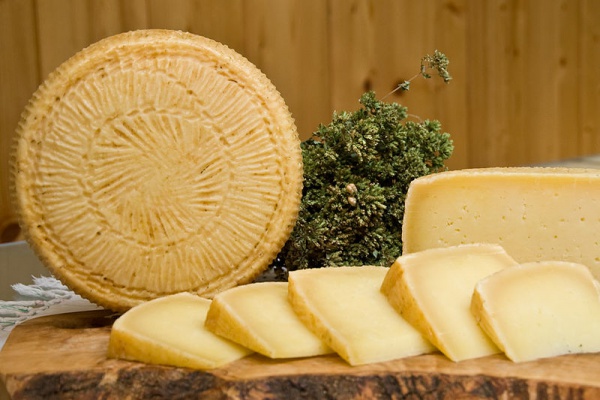Facts About Pecorino
Pecorino cheeses are a delightful family of hard Italian cheeses made from sheep's milk. The name "pecorino" translates to "of sheep" in Italian, indicating its ovine origins. There are six main varieties of pecorino, each boasting Protected Designation of Origin (PDO) status under European Union law. Among these, Pecorino Romano is the most renowned, especially outside Italy, and has been popular in the United States since the 19th century. While much of the pecorino production takes place in Sardinia, it is also made in Lazio and the Tuscan provinces of Grosseto and Siena. The rich history of this cheese dates back to ancient Roman times.
The five other notable PDO pecorino cheeses include Pecorino Sardo from Sardinia, Pecorino Toscano, Pecorino Siciliano, Pecorino di Filiano from Basilicata, and Pecorino Crotonese from Calabria. Pecorino di Atri from Abruzzo is also worth mentioning. These cheeses vary in style based on their aging process. "Stagionato" cheeses are harder and crumbly with rich, buttery, and nutty flavors, while "semi-stagionato" and "fresco" types are softer and offer milder, creamy, and milky tastes.
A unique variety from Southern Italy is Pecorino Pepato, which includes black peppercorns. Other variations might feature ingredients like walnuts, arugula, or truffles. In Sardinia, there's a distinctive version called Pecorino Sardo that's intentionally infested with cheese fly larvae to create "Casu Marzu" a local delicacy known as "rotten cheese."
Pecorino is incredibly versatile and can be enjoyed in numerous ways. It pairs wonderfully with pears and walnuts or can be drizzled with chestnut honey. In Rome and Lazio, pecorino is a staple in classic pasta dishes such as "Sugo all'Amatriciana" "Cacio e Pepe" and "Pasta alla Gricia."

 Switzerland
Switzerland